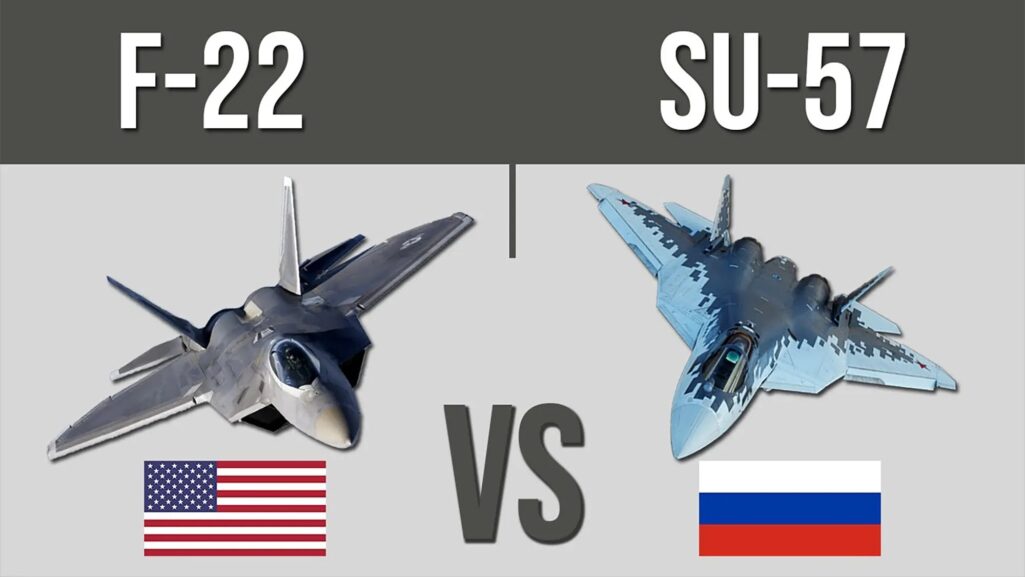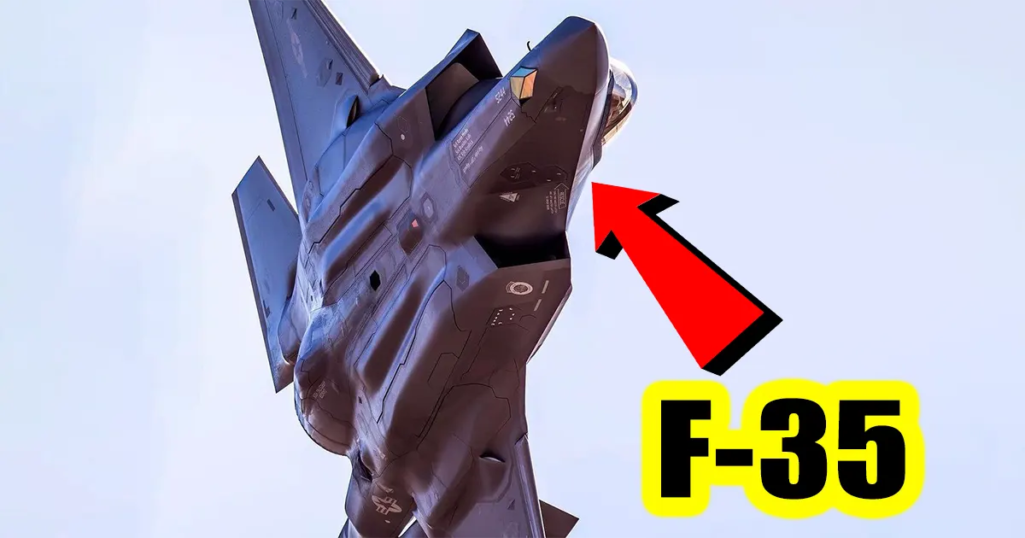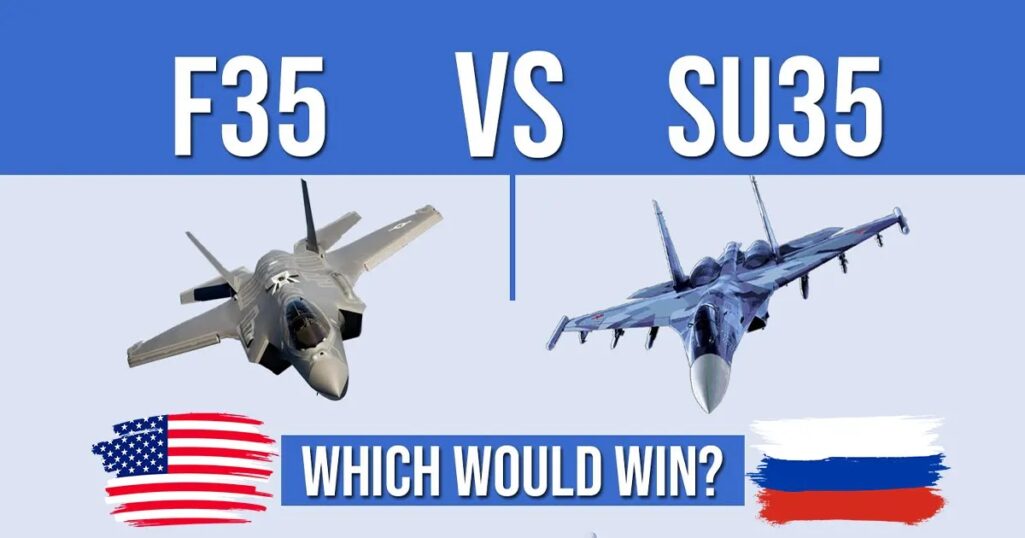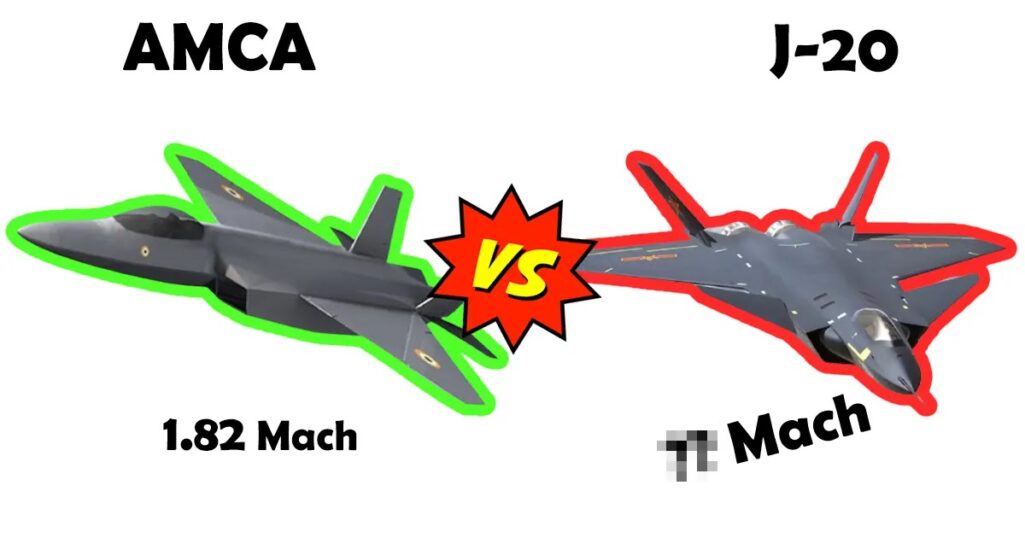
A fifth-generation fighter aircraft is a classification that encompasses essential technologies created during the first few decades of the twenty-first century.
A fifth-generation fighter’s attributes are not widely recognized, nor does every fifth-generation type must possess all of them; however, they typically have the following features:
- Stealth
- Low-probability-of-intercept radar
- Agile airframes with supercruise performance
- Highly integrated computer systems
HAL AMCA

HAL AMCA or the Advanced Medium Combat Aircraft is an Indian program to develop a fifth-generation fighter jet for the Indian Airforce and the Indian Navy.
It’s designed by the Aeronautical Development Agency (ADA)
Production:

The AMCA is expected to be produced by a public-private joint venture between the (DRDO) and Hindustan Aeronautics Limited (HAL) and a private Indian company. The program has an aim to start production by 2028.
- AMCA serial first flight is expected to be in 2030 while its first flight will be in 2025.
- AMCA is the only fifth-generation fighter under development in India.
- AMCA would be the third supersonic jet of Indian origin after the HAL MARUT and HAL TEJAS.
Specification
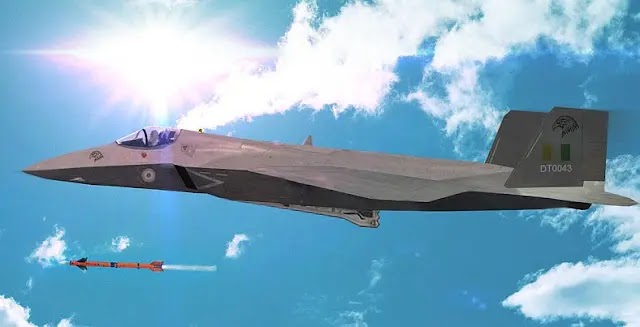
- AMCA will be a single-seat Twin turbofan engine stealth all-weather swing-role fighter jet.
- AMCA will be intended to perform a multitude of missions including air superiority, ground strikes, suppression of enemy air defenses, and electronic warfare.
- AMCA is optimized for low radar cross-section and supercruise capability.
The aircraft along with its naval variant is intended to provide the bulk of the manned tactical airpower of the Indian Airforce and Navy over the coming years
Dimensions and Design:
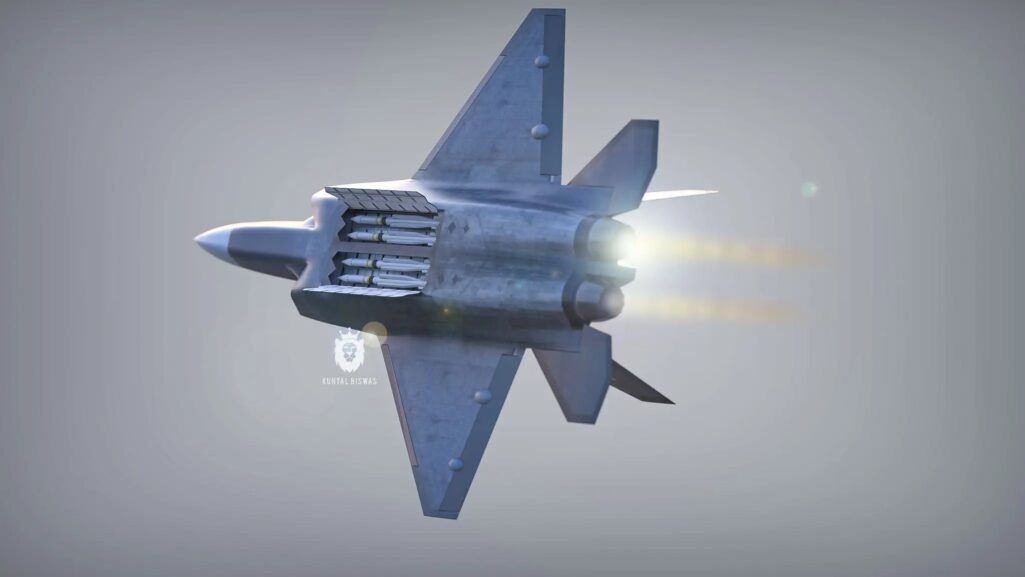
- Length: 18 meters
- Height: 4.8 meters
- Wing area: 39.9 meters
- Dry weight: 11,000 kg
- Gross weight: 18,000 kg
- Max take-off weight: 25,000 kg
- Combat Range: 1,620 km
Power:

It’s a twin-engine GTRE GTX-35VS “KAVERI” NG turbofan with vectored nozzles for extreme agility with a total output thrust rated at 12,130 lbs each on dry and 20,230 lbs of thrust with afterburners engaged.
- Maximum speed: 1.82+ Mach
- Service ceiling: 65,000 ft
- Fuel capacity: 6500 kg
- Range: 3240 km
Cost:
The cost of development is now estimated at 3.2 billion US dollars though it has not gained government approval to this point.
Chengdu J-20
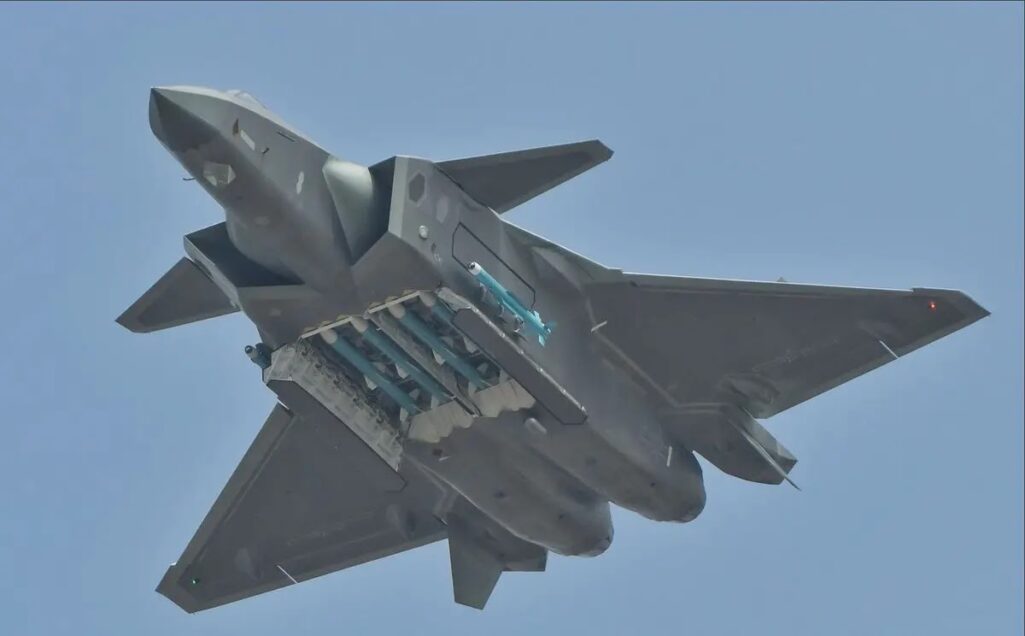
The Chengdu J-20, popularly known as the Mighty Dragon, is a Chinese fighter aircraft. Developed by China’s Chengdu Aerospace Corporation for the Chinese Airforce, the Chengdu J-20 is a stealthy, single-seat, twin-jet fighter aircraft capable of flying in all weather conditions.
Designed as an air superiority fighter with precision strike capability, the J-20 is a multi-role aircraft. After the F-22 and the F-35, the J-20 is the world’s third operational fifth-generation stealth fighter aircraft, according to the United States Air Force.
Specification
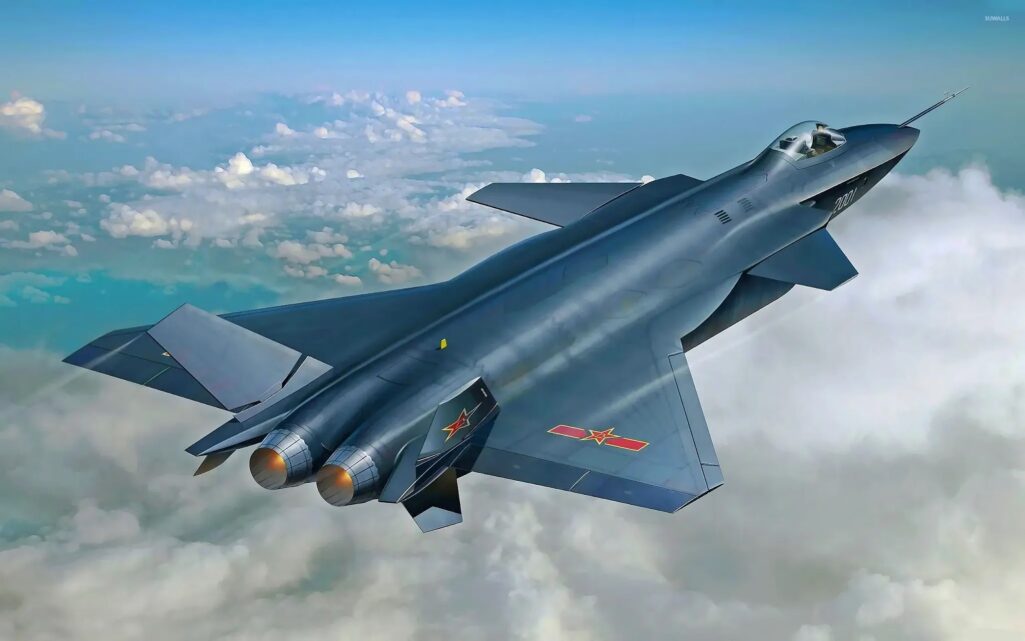
- J20 is single-seat Twin turbofan engine stealth all-weather swing-role fighter jet.
- J20 is built for low radar cross-section and supercruise capability.
- J20 is built to carry out ground assault missions in difficult conditions, the J-20 is capable of carrying out ground attack missions in dangerous environments. The aircraft’s supersonic delta wings allow it to reach higher altitudes.
Production
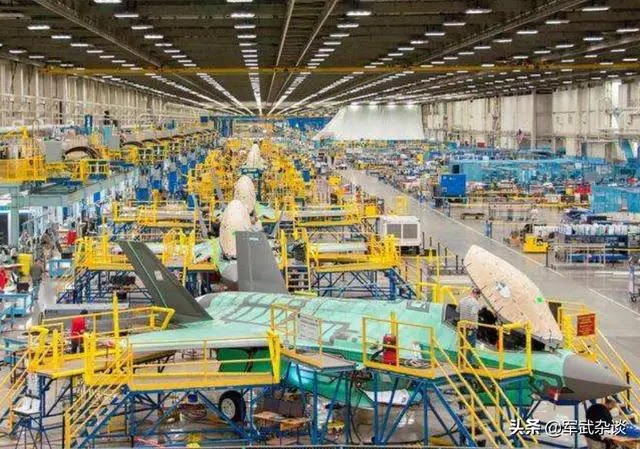
The J-20 took to the air for the first time on January 11, 2011, and it was officially unveiled at the 2016 China International Aviation & Aerospace Exhibition in Shanghai.
The aircraft was commissioned into service in March 2017 and began its combat training phase in September of the following year.
Dimensions and Design
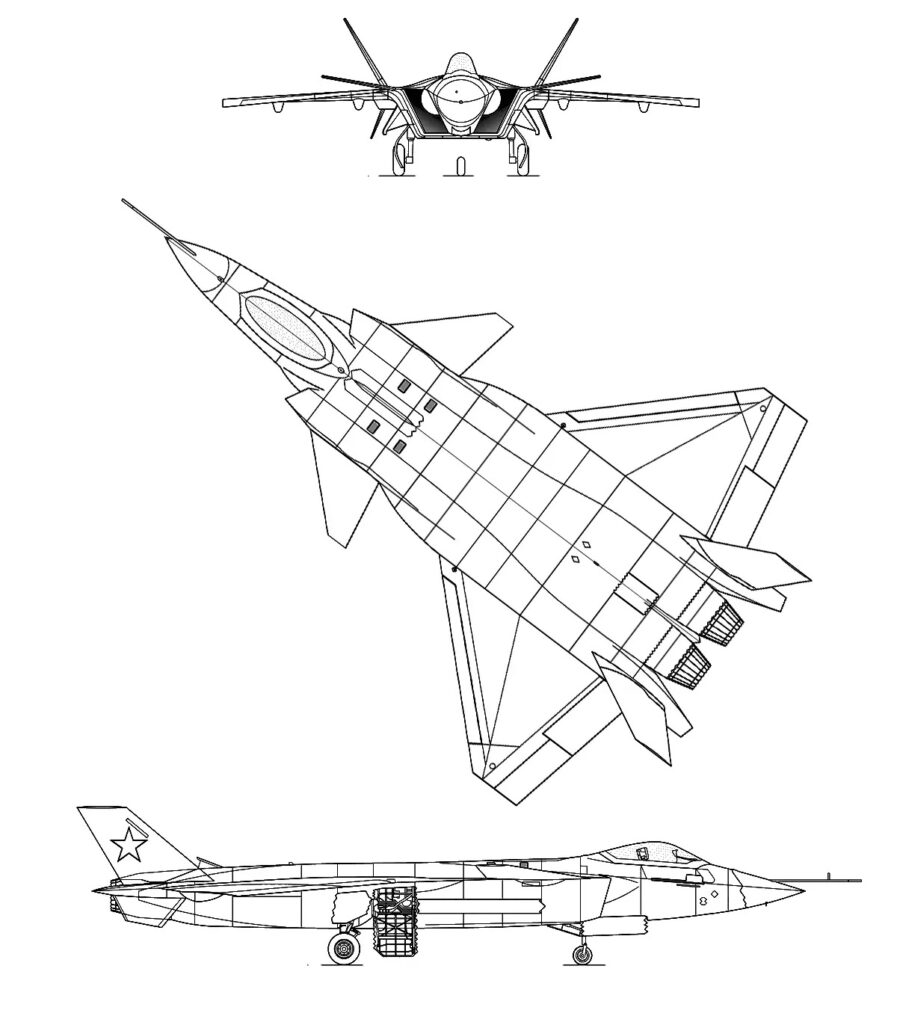
- Weight: 21.6 tons (43200 lb)
- Length: 12.88 meters (42 ft 3 in)
- The height: 4.45 meters (14 ft 7 in)
- Wing area: 73 square meters (790 sq ft)
- Weight of an empty machine: 17,000 kg (37,479 lb)
- Total weight: 25,000 kg(55,116 lb)
- Max weight takeoff: 37,000 kg (81,571 lb)
- Wing loading: 340 kg/squared meter (69 lb/sq ft)
- Fuel storage: 25,000 lb
Power
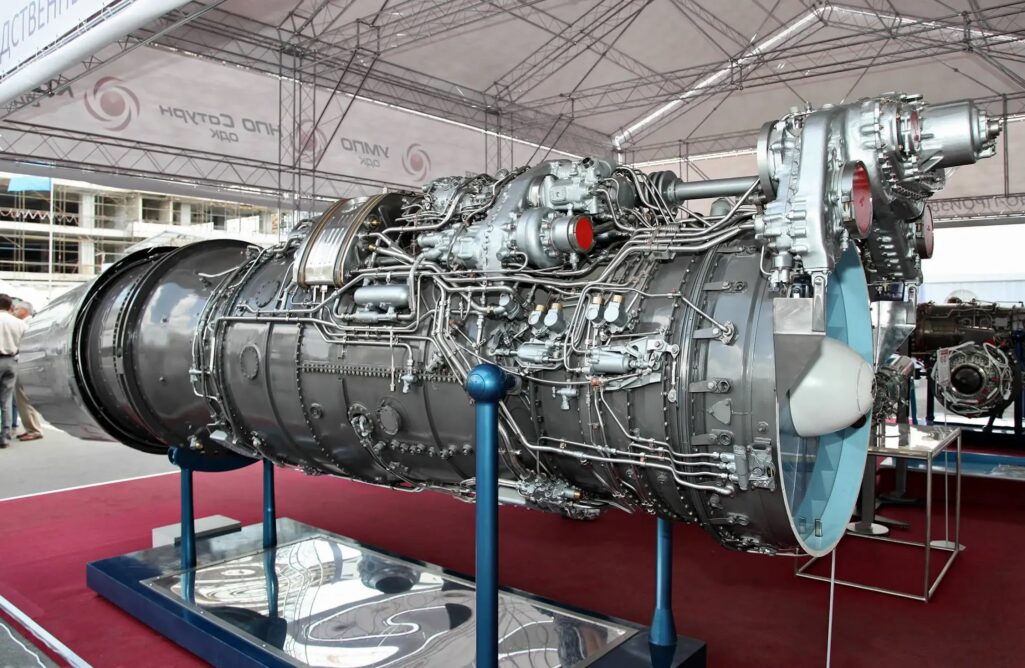
- Maximum speed: Mach 2.5
- Cruise speed: 2,183 km/h (1,356 mph, 1,179 kn)
- Range: 5,500 km (3,400 mi, 3,000 nmi) with 2 external fuel tanks
- Combat range: 2,000 km (1,200 mi, 1,100 nmi)
- Service ceiling: 20,000 m (66,000 ft)
- Rate of climb: 304 m/s (59,800 ft/min)
Conclusion
So what do you think of those two powerful aircraft? Which one is more powerful in your opinion? I think both of them are top notch 5th generation aircraft, but I cant decide which is better until both are in production and being in use.
Please share with us your opinion in the below comment section.

